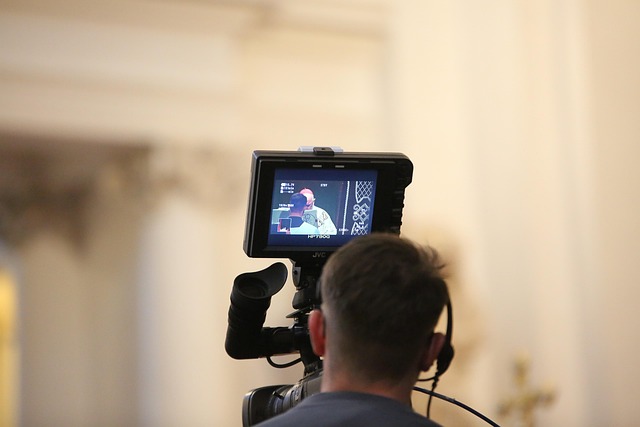
Innovative Strategies for Creative Communication in Science, Technology, and Workplace Culture
The world around us is palpably changing, and at the heart of this transformation is a necessity for creative communication. It acts as the bridge that connects ideas from science, advancements in technology, and the evolving dynamics of workplace culture. To thrive in a fast-paced environment, we must harness innovative strategies that enrich our interactions and foster collaboration.
In the realm of science, the challenge often revolves around how to convey complex concepts in an engaging and accessible manner. Traditional methods like dense scientific papers can alienate audiences unfamiliar with jargon. Hence, scientists are increasingly adopting storytelling techniques, utilizing visual aids like infographics and data visualization, or even employing social media to share their discoveries with a broader public. By crafting narratives around empirical data, researchers can create emotional connections, making their work resonate with diverse groups.
Turning to technology, the landscape offers myriad tools designed to enhance creative communication. Platforms such as virtual reality (VR) and augmented reality (AR) can transform how we experience information. Imagine training programs utilizing VR to simulate real-world scenarios, allowing employees to engage with technology in an immersive way. It fuels creativity while enabling hands-on learning experiences. Furthermore, utilizing collaboration tools like Slack, Trello, or Miro helps teams brainstorm ideas in real-time, breaking down communication barriers and encouraging a free flow of ideas.
Workplace culture is similarly influenced by how teams communicate. Encouraging an open-door policy and regular feedback mechanisms fosters an environment where everyone feels heard and valued. This cultural shift towards inclusivity can drive innovation as employees contribute diverse perspectives. Regular workshops focused on enhancing interpersonal skills, alongside activities that promote team bonding, can inspire members to communicate more creatively. For instance, gamifying the communication process can cultivate a more interactive experience, making discussions lively and memorable.
Moreover, as artificial intelligence becomes more integrated into workplace practices, we find ourselves crafting messages that are more personalized and contextually aware. AI tools can analyze communication patterns and suggest adjustments to tone or phrasing, ultimately enhancing the clarity and effectiveness of our exchanges. This paves the way for a more tailored approach, recognizing individual differences in communication styles and preferences.
To elevate creative communication further, organizations might consider adopting a flexible working environment, encouraging employees to thrive in settings that align with their personal creativity. Whether that means quiet spaces for deep focus or collaborative zones brimming with inspiration, the physical workplace can embody the principles of creativity in communication. By allowing teams to select where they feel most productive, companies can unlock potential that often lies dormant in rigid structures.
In sum, the evolution within science, technology, and workplace culture has prompted a rethinking of how we communicate. By employing innovative strategies that prioritize creative communication, we can dismantle barriers, enhance understanding, and pave the way for collaborative success. In a world that thrives on connection, embracing adaptability in communication methods is not just beneficial; it’s essential for progress.



